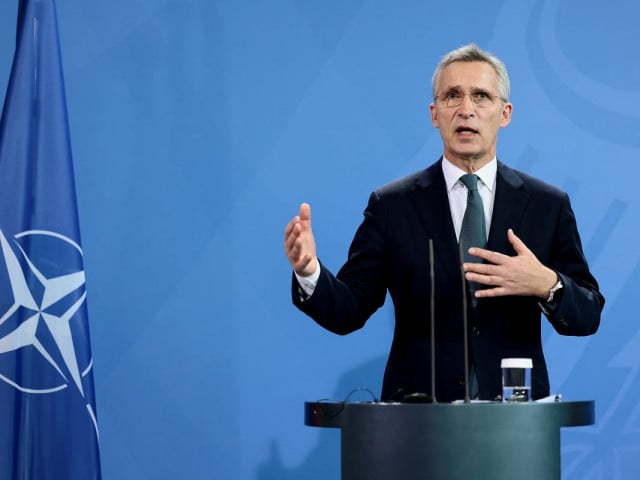Should One Still Be Talking about the Khmer Rouge in Films

- By Cambodianess
- April 14, 2024 12:15 PM
Inspired by the book of American journalist Elizabeth Becker “When the War Was Over, Cambodia and the Khmer Rouge Revolution,” the latest feature film of Rithy Panh entitled “Rendez-vous avec Pol Pot” (appointment with Pol Pot) will be shown during the 77th Cannes Film Festival—the prestigious international film festival that will be held in France in May 2024. His film will be among the films presented in the official selection Cannes Premiere at the festival.
The film tells the story of three French journalists invited by the Khmer Rouge to have exclusive interviews with Pol Pot.
“The country seemed ideal,” the film synopsis reads. “But behind the Potemkin village, the Khmer Rouge regime is in decline and war with Vietnam threatens to invade the country. The regime searches for culprits, secretly carrying out genocide on a massive scale. Before the journalists' eyes, the beautiful image cracks, revealing the horror. Their journey progressively turns into a nightmare.”
Many people on social media have applauded the selection of the latest work of the Cambodian filmmaker who has been honored multiple times on the international stage.
But this is rubbing a few people the wrong way.
So I read that this film, the subject of this film—the Khmer Rouge period—was contributing to giving a negative image of the country and turning tourists away. For them, choosing to select this film would be part of a strategy aiming to harm Cambodia of which, in the end, Rithy Panh would be an accomplice.
One can understand the annoyance felt by some people here to have Cambodia so often, in the international media, reduced to the genocide and paying little attention to today’s Cambodia, which is light years away from “Cambodia: Year Zero” of 1975-1979.
However, while the cinematographic work of Rithy Panh—which, by the way, is not limited to his films on the Khmer Rouge—is acclaimed throughout the world, it is because of its universal significance.
The filmmaker has never stopped interviewing the torturers, victims, historians to comprehend the mechanisms of the “Khmer Rouge Killing Machine” (as he titled his 2003 documentary film on the S-21 Khmer Rouge prison), and its human, administrative, police motives with the humanist ambition of preventing the return of a similar genocide undertaking, wherever it might be in the world.
Everyone here should be proud of this Cambodian voice that, through this work in which there is never a hint of revenge even if there is seething anger fed by infinite pain, is seen not only as a master in cinema but also as a moral authority. How therefore could he harm in any way Cambodia and its image.
Yes, on the international stage, other voices and stories must be heard for today’s Cambodia to be told with all its aspects. But let’s those who create feed the soul of the world in their own way. The work of a filmmaker does in no way involve doing tourism promotion. May those in charge of this properly do so.
Regarding this, speaking too much of the Khmer Rouge would be affecting tourism? This viewpoint could be considered. Let’s point out, however, that Tuol Sleng, Choeung Ek and the tomb of Pol Pot are part of the tourist offer listed in all travel guidebooks across the world. This is what we call remembrance tourism, promoted by the authorities, and which offers travelers the opportunity to better understand the country.















